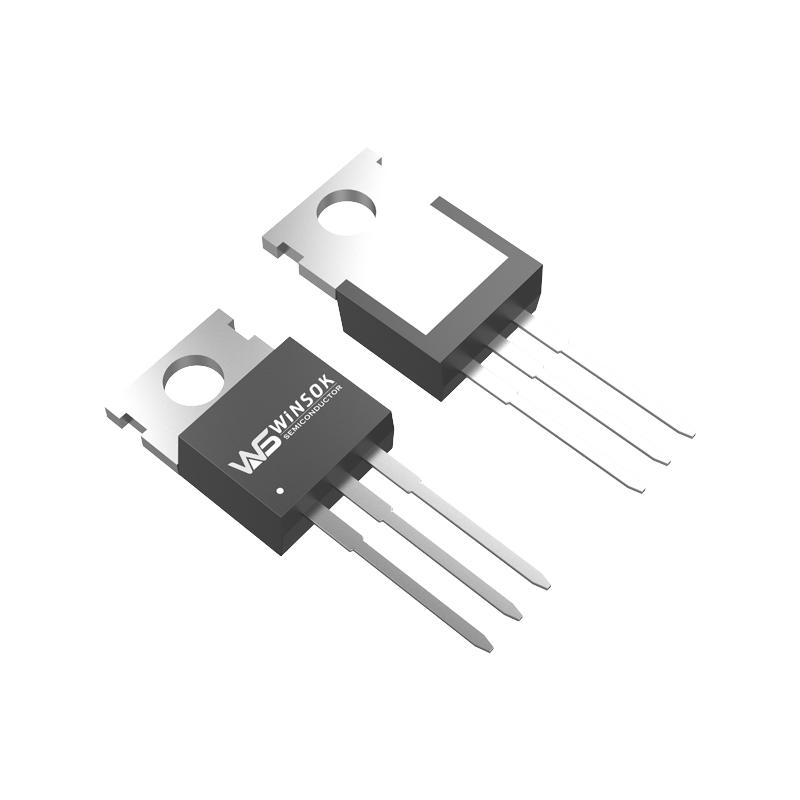MOSFETs (Metal-Oxide-Semiconductor Field-Effect Transistor) are often considered to be fully controlled devices. This is because the operating state (on or off) of the MOSFET is completely controlled by the gate voltage (Vgs) and does not depend on the base current as in the case of a bipolar transistor (BJT).

In a MOSFET, the gate voltage Vgs determines whether a conducting channel is formed between the source and drain, as well as the width and conductivity of the conducting channel. When Vgs exceeds the threshold voltage Vt, the conducting channel is formed and the MOSFET enters the on-state; when Vgs falls below Vt, the conducting channel disappears and the MOSFET is in the cut-off state. This control is fully controlled because the gate voltage can independently and precisely control the operating state of the MOSFET without relying on other current or voltage parameters.

In contrast, the operating state of half-controlled devices (e.g., thyristors) is not only affected by the control voltage or current, but also by other factors (e.g., anode voltage, current, etc.). As a result, fully controlled devices (e.g., MOSFETs) usually offer better performance in terms of control accuracy and flexibility.

In summary, MOSFETs are fully controlled devices whose operating state is completely controlled by the gate voltage, and have the advantages of high precision, high flexibility and low power consumption.
























